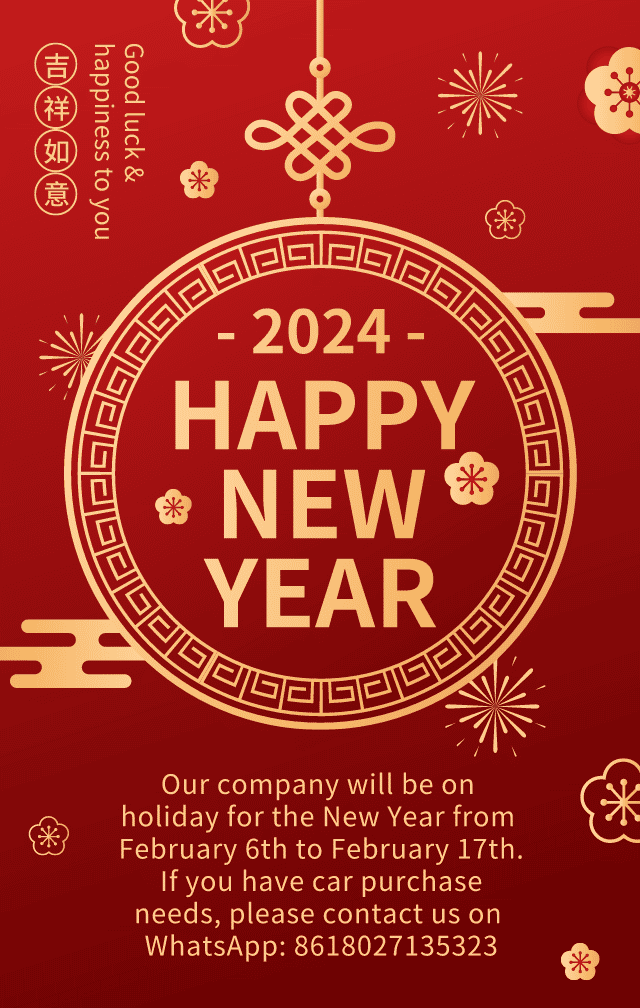Chinese Automakers Secure 50% Share of Russia’s Auto Market

Chinese carmakers have significantly increased their presence in the Russian auto market, capitalizing on the departure of Western carmakers following the Ukraine invasion. In June, approximately 40,000 Chinese cars were imported, accounting for nearly half (49%) of Russia’s market share, a substantial increase from 31% at the end of last year. This surge is particularly noteworthy when compared to China’s pre-war market share of only 7% in June 2021, reported by analytics firm Autostat.
The revival of the Moskvich, a classic Soviet-era car, by a state-owned company in November exemplifies the transformations occurring in Russia’s automotive industry. Moscow mayor Sergei Sobyanin hailed this achievement as a testament to the resilience of Russia’s auto sector in the face of Western sanctions. The Moskvich’s unveiling took place at a factory that the Moscow government acquired from French carmaker Renault for a nominal fee of one rouble ($0.01).
However, the resurgence of the Moskvich also underscores China’s increasing influence over a crucial segment of Russia’s economy. The modern Moskvich models produced at the sprawling Moscow Automobile Factory Moskvich bear little resemblance to the boxy metallic vehicles of the Soviet era. These sleek four-door SUVs prominently feature engine parts and upholstery sourced from China’s JAC Motors. According to anonymous sources, the Moskv 3 model is an assembly of the JAC Sehol X4 in Moscow, utilizing kits purchased from a Chinese partner.
Moskvich stated a recent announcement that its 3 and 3e (electric) models are manufactured through large-unit assembly, wherein cars are initially built at a foreign manufacturing plant before being exported and finalized in Russia. The company acknowledged collaboration with a “foreign partner” but did not confirm any specific ties to JAC. Moskvich expressed intentions to gradually increase production localization and plans to initiate a second production phase later this year or in early 2024, involving welding and painting at the Moscow plant. This phase aims to incorporate a broader range of local suppliers utilizing Russian components.
JAC, headquartered in the eastern province Anhui, did not respond to requests for comment. Prior to the Russian invasion of Ukraine in February 2022, Western players dominated the market, indicated by auto industry data.
Chinese carmakers have found the Russian market to be highly profitable. According to Chinese customs statistics, their exports of passenger cars Russia from January to May 2023 increased by 520% compared to the previous year, reaching nearly $3.6 billion. In April alone, exports amounted to almost $1 billion.

 Auto in China
Auto in China